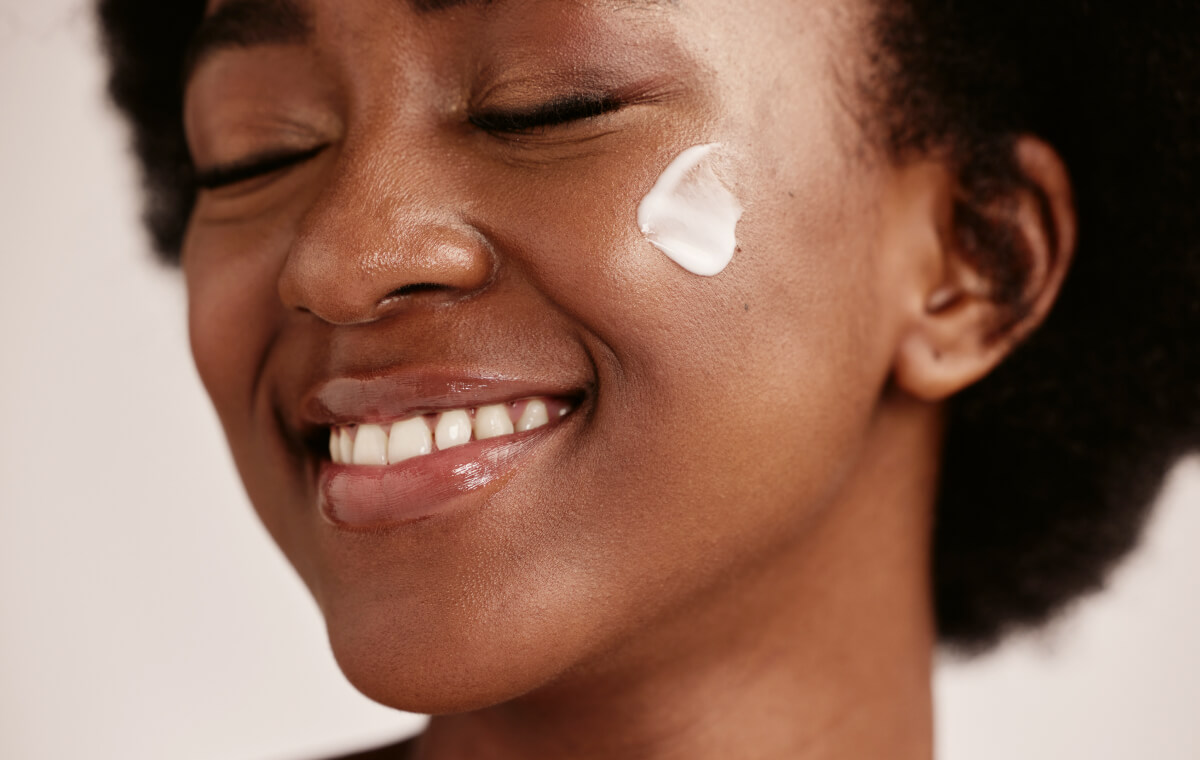Doctors, dentists, nutritionists — most experts agree that limiting sweets can help keep you feeling healthy and vibrant overall. But, what about sugar and your skin? Can that perfect piece of chocolate cake lead to signs of skin aging down the line?
As it turns out, sugar is a key player in the skin’s aging process. And that’s where glycation comes in. With the help of experts, we’re here to explain the definition of glycation and uncover just how much (or little) sugar can contribute to skin aging.
Let’s get started.
What is glycation?
Glycation is a natural process in your body that’s triggered by sugars, like glucose or fructose. When there’s too much sugar inside the skin fibers, the sugar molecules adhere to skin’s collagen and elastin proteins. And these hero proteins are responsible for keeping skin firm and supple.
What happens next? When these important proteins get weighed down by sugar, your body responds with other processes that can result in inflammation and signs of skin aging. (1)
How does glycation cause skin aging?
The glycation process causes something called advanced glycation end-products (AGEs) to form in your skin. In turn, these AGEs can play a major role in skin aging. (2) The end-products make collagen rigid over time, meaning that it loses its ability to keep skin bouncy. As a result, you might notice fine lines and wrinkles as skin loses its natural structural support. (1)
Another effect of glycation? Inflammation. As the process continues, AGEs start to interact with other receptors in your skin. These interactions can kick up inflammation, resulting in dryness or discomfort. (1)
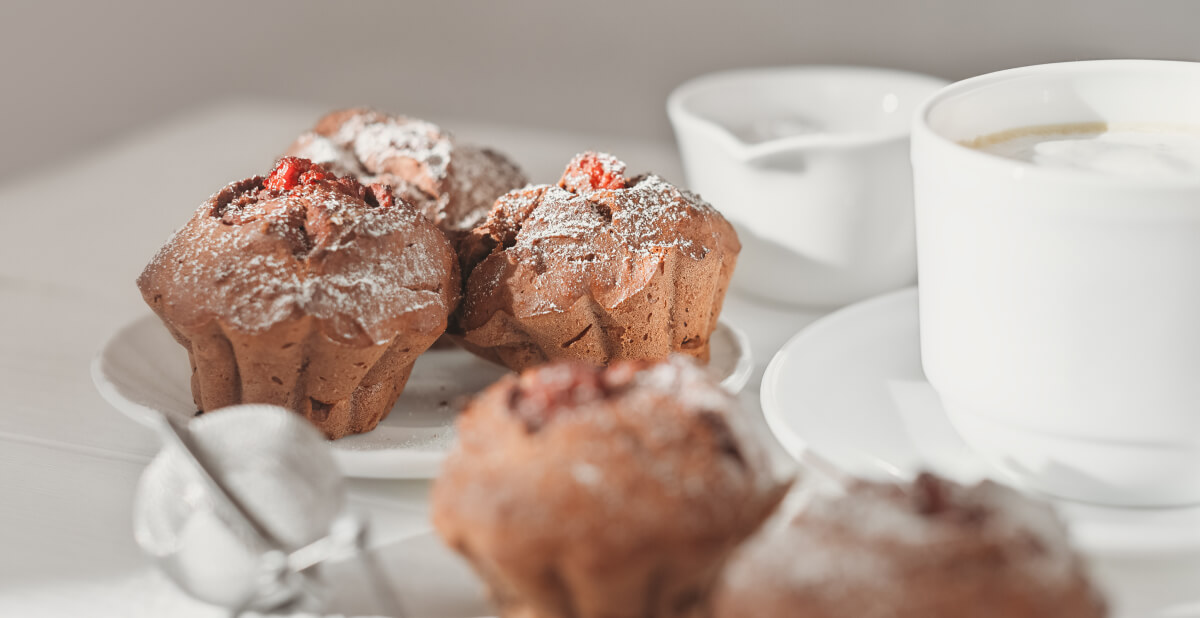
When does glycation occur and why?
Glycation is a natural process. Typically, it begins at around age 20 and gradually intensifies. But some factors can accelerate glycation like:
- Certain medical conditions, such as diabetes
- Exposure to UV radiation from the sun
- Smoking, pollution, and other external skin stressors
- Diets high in sugar
- Diets high in fried foods: AGEs can form in foods that have been exposed to high temperatures during grilling, frying, or toasting.
These factors can cause more AGEs to form in the skin, resulting in a loss of firmness and elasticity. (1)
How can you help fight glycation?
Here’s the good news. There are steps you can take to help combat glycation and its aging effects on your skin. Let’s dive in.
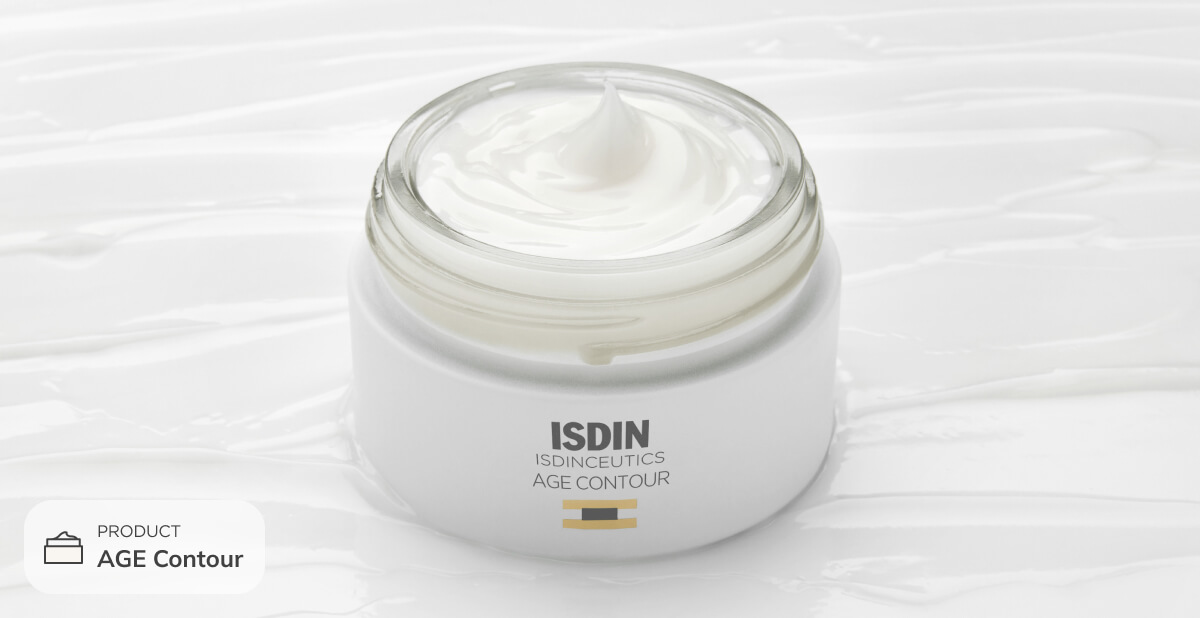
Use targeted skincare formulas
Get proactive with your daily skincare routine. Opt for products including carnosine, a powerful anti-glycation agent.
How does carnosine work to fight against the formation of AGEs? Through distraction. The glucose molecules stick to the carnosine instead of your collagen, slowing down the glycation process. Carnosine also acts as an antioxidant, helping to combat the effects of free radicals on your skin and minimize the visible signs of aging. (1)
Isdinceutics Age Contour was designed as a triple threat: providing antioxidant support, helping to minimize the look of fine lines and wrinkles, and with carnosine as a key ingredient, fighting the formation of AGEs in the skin. Apply the rich moisturizing formulas in both the morning and evening for visible results.
Refine your diet
Are you getting enough fruits and vegetables? Studies show that glycation (and the effects on your skin that come along with it) may be reduced by managing blood sugar levels. And the best place to start is with a healthy, balanced diet. (1)
If you’re concerned about how much sugar you’re consuming, it’s always best to consult a professional. They can advise you on dietary changes and recommend ways to cut down on your sugar intake if needed.
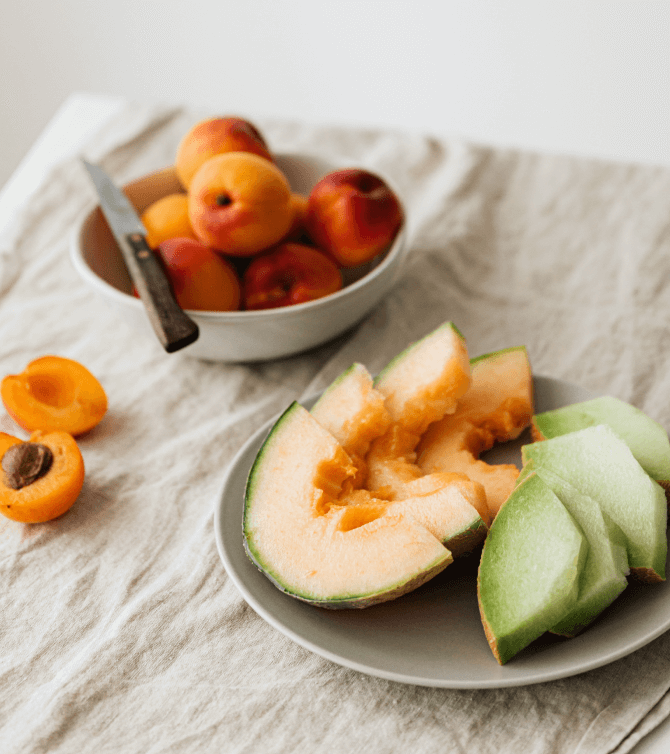
Turn to proper sun protection
Sun spots, wrinkles, skin sagging: many signs of aging can be attributed to sun exposure, AKA photoaging. And glycation is no exception. Scientists have found that AGEs build up in sun-exposed skin, contributing to the visible signs of aging.
Our favorite reminder to help protect your skin? Remember to wear broad spectrum sunscreen every day. Proper sun protection can help slow the signs of skin aging, and more importantly, help protect against skin cancer.
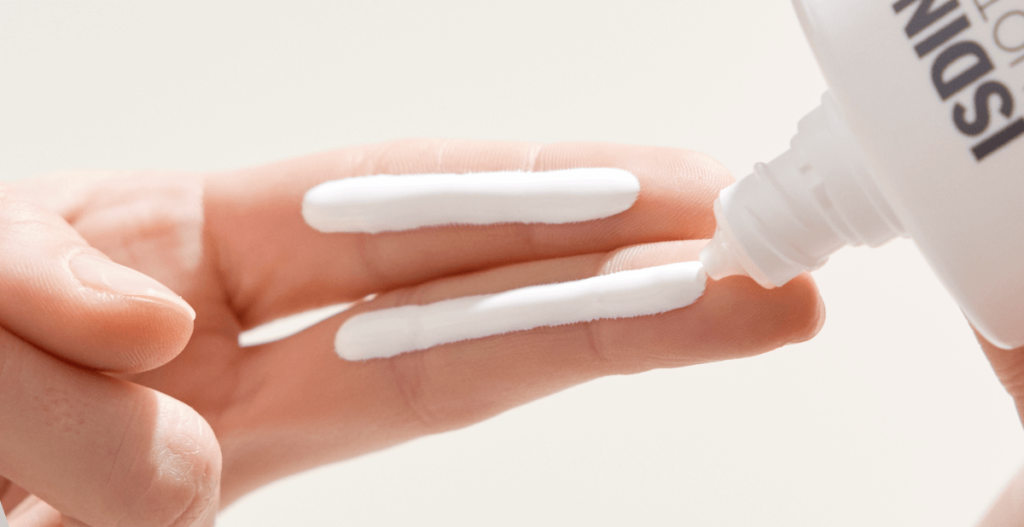
And above all, love your skin, care for it, and protect it, always.
Sources:
1 Ichihashi, M., Yagi, M., Nomoto, K., & Yonei, Y. (2011). Glycation Stress and Photo-Aging in Skin. Anti-aging Medicine, 8(3), 23–29. https://doi.org/10.3793/jaam.8.23
2 Gkogkolou, P., Böhm, M. Advanced glycation end products: Key players in skin aging? In Dermatoendocrinology (2012); 4(3): 259-270.
3 Ghodsi, R., & Kheirouri, S. (2018). Carnosine and advanced glycation end products: a systematic review. Amino Acids, 50(9), 1177–1186. https://doi.org/10.1007/s00726-018-2592-9
Editorial Team
Our namesake embodies the spirit of embracing life and all its wonder. As wellness journalists, we explore topics that invigorate the senses and keep curiosity alive. We believe that glowing skin is the result of a healthy body and mind. Weaving beauty with science, we aim to inspire you to live young at every age.

